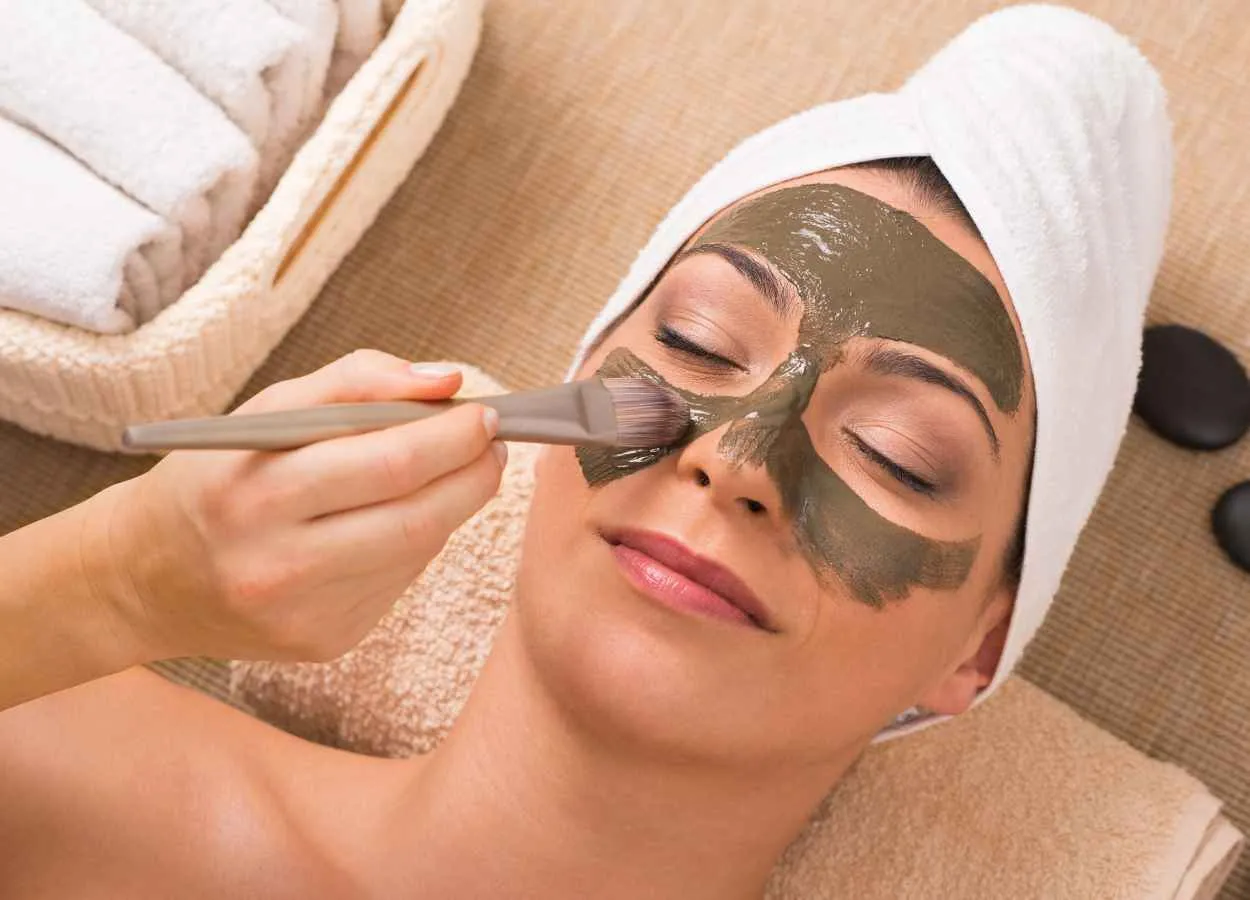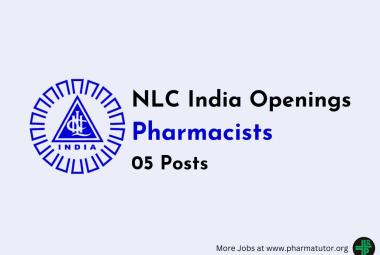 Vinay Kumar Singh.
Vinay Kumar Singh.
Head-Formulation
Kumar Organic Products Research Centre Pvt. Ltd.,
Bengaluru
Email : formulation_krc@kopresearchcentre.net
Consumer’s preferences for Natural Products is naturally increasing its demand. Sustainable products are becoming more and more popular, but the Covid 19 pandemic sped up consumer demand for formulations that are better for both users and the environment.
Consumers were havingmore time to consider what they are using on their body,evaluate its condition and reflect on their lifestyle choices enhancing their awareness of skin condition.
Pandemic, it seems, was blessings in disguise.
Business in Personal care market that work to innovate and diversify their portfolio by launching new ventures.
Clean & Toxin free labels started to become an industry trend. Terms like Cruelty free (means not tested on animals) and Vegan (means product is free of both,animal testing and ingredients derived from animals) are very popular
Another trend on rise is “the use of eco-friendly packaging”.
By more transparently implementing the Carbon intensity labels on their products, the manufacturer, tried to attract consumers and also reducing burden of environment.
“Clean” refers to things that are healthy, sustainable and organic. This category contains goods that are not tested on animals, are kind to environment and do not have any components that might be harmful to human or environment.
“Clean beauty” has become a major selling point in the market, with retailers like Credo Beauty and The Detox Market centering around the category, and industry giants Sephora and Ulta creating dedicated sections on their websites for brands that meet specific clean beauty guidelines established by the stores. And while it may seem like a catchall term for products that don’t do any harm to you or the planet, clean beauty is often susceptible to “greenwashing,” where companies use misleading marketing to make it seem like their products are natural when they may not actually be organic, sustainable or ethically made.
The History of Green Beauty and Clean Beauty
According to FabianaReego, a beauty writer and founder of The Beauty Idealist, green beauty was the first of the two labels to appear.
“Green beauty was started by communities like No More Dirty Looks and Spirit Beauty Lounge over a decade ago,” Reego says. “This was largely in response to what many felt was a lack of transparency and education on the ingredients in beauty products. Green Beauty is a considerably more stringent standard that most mainstream brands and retailers are unable to abide by, as they focus a lot on active, plant-based ingredients, and eschew synthetic inactive ingredients.”
Clean beauty came onto the scene later as an offshoot of the green beauty concept. Green beauty products were pricier, and as Reego notes, they were like “haute couture.” Companies like Sephora and Credo Beauty started using the buzzwords “clean beauty,” which made these products more mainstream, affordable, and easily accessible.
What to look for when shopping clean and green beauty
Because the clean beauty and green beauty categories are not regulated, it can be difficult to determine which boxes the products actually tick, but there are some things one can look out for.
Brands can pay third-party certification bodies like Ecocert and EWG to test their products and ensure they are free of chemicals and toxins. “Not only does Ecocert regulate ingredients, but we must also comply with their sustainability and environmental standards in every aspect of manufacturing — from our equipment to our packaging, recycling program and the cleaning products we use in our facility.
Today’s consumers are savvier than ever. We are no longer impressed with quick fixes, and bright colors we are well aware that all that glistens isn’t gold. Processed, fast foods have been replaced with clean eating. It was only a matter of time that the beauty industry caught up.
In essence when a brand claims to be ‘clean’ its products are non-toxic and considered safe to use but not necessarily natural or green. Their focus will be to formulate products using ingredients which are proven to be safe.
A natural brand will source its ingredients from nature. Such brands make use of botanical oils, extracts and butter, natural salts and everything in between (including resins such as frankincense). Truly natural brands will usually strive to be clean, as often they’ll use carefully selected non-toxic natural ingredients and having one natural ingredient amid a list of toxic, synthetic ingredients does not make the brand/product natural!
A green beauty brand will focus on sourcing its ingredients and ensuring its business practices are environmentally sustainable and socially responsible.
In brief summary, one could say:
• Natural Beauty – Ingredients sourced from nature.
• Green Beauty – Sustainable and environmental responsibility towards the planet.
• Clean Beauty – Products containing non-toxic ingredients both natural and/or synthetic.
The clean, green and natural beauty movement has so much to offer, an almost utopian ideal for beauty standards when the three concepts are amalgamated. As consumers, we have to educate ourselves so that we don’t fall victim to overzealous advertising claims and greenwashing campaigns.









